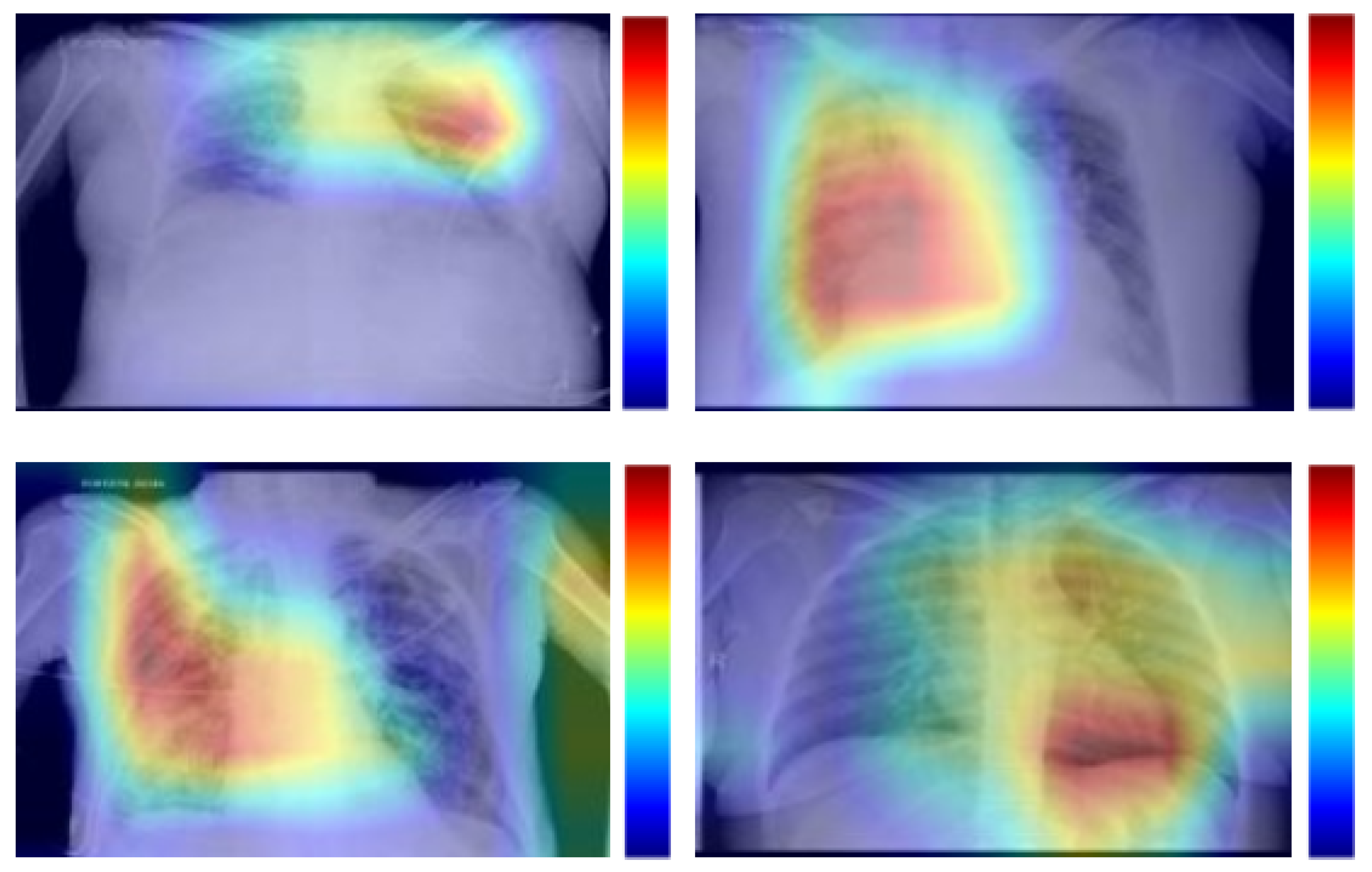Analysis of Separability of COVID-19 and Pneumonia in Chest X-ray Images by Means of Convolutional Neural Networks †
Abstract
:1. Introduction
2. Methodology
3. Results and Conclusions
Author Contributions
Funding
Conflicts of Interest
References
- De Moura, J.; Ramos, L.; Vidal, P.L.; Cruz, M.; Abelairas, L.; Castro, E.; Ortega, M. Fully automatic deep convolutional approaches for the analysis of covid-19 using chest X-ray images. medRxiv 2020, 1–13. [Google Scholar] [CrossRef] [PubMed]
- Pneumonia Detection Challenge, Radiological Society of North America (RSNA). Available online: https://www.kaggle.com/c/rsna-pneumonia-detection-challenge/ (accessed on 10 April 2020).
- COVID-19 DATABASE, Italian Society of Medical Radiology (SIRM). Available online: https://www.sirm.org/category/senza-categoria/covid-19/ (accessed on 10 April 2020).

Publisher’s Note: MDPI stays neutral with regard to jurisdictional claims in published maps and institutional affiliations. |
© 2020 by the authors. Licensee MDPI, Basel, Switzerland. This article is an open access article distributed under the terms and conditions of the Creative Commons Attribution (CC BY) license (https://creativecommons.org/licenses/by/4.0/).
Share and Cite
Moura, J.d.; Ramos, L.; Vidal, P.L.; Novo, J.; Ortega, M. Analysis of Separability of COVID-19 and Pneumonia in Chest X-ray Images by Means of Convolutional Neural Networks. Proceedings 2020, 54, 31. https://doi.org/10.3390/proceedings2020054031
Moura Jd, Ramos L, Vidal PL, Novo J, Ortega M. Analysis of Separability of COVID-19 and Pneumonia in Chest X-ray Images by Means of Convolutional Neural Networks. Proceedings. 2020; 54(1):31. https://doi.org/10.3390/proceedings2020054031
Chicago/Turabian StyleMoura, Joaquim de, Lucía Ramos, Plácido L. Vidal, Jorge Novo, and Marcos Ortega. 2020. "Analysis of Separability of COVID-19 and Pneumonia in Chest X-ray Images by Means of Convolutional Neural Networks" Proceedings 54, no. 1: 31. https://doi.org/10.3390/proceedings2020054031
APA StyleMoura, J. d., Ramos, L., Vidal, P. L., Novo, J., & Ortega, M. (2020). Analysis of Separability of COVID-19 and Pneumonia in Chest X-ray Images by Means of Convolutional Neural Networks. Proceedings, 54(1), 31. https://doi.org/10.3390/proceedings2020054031







